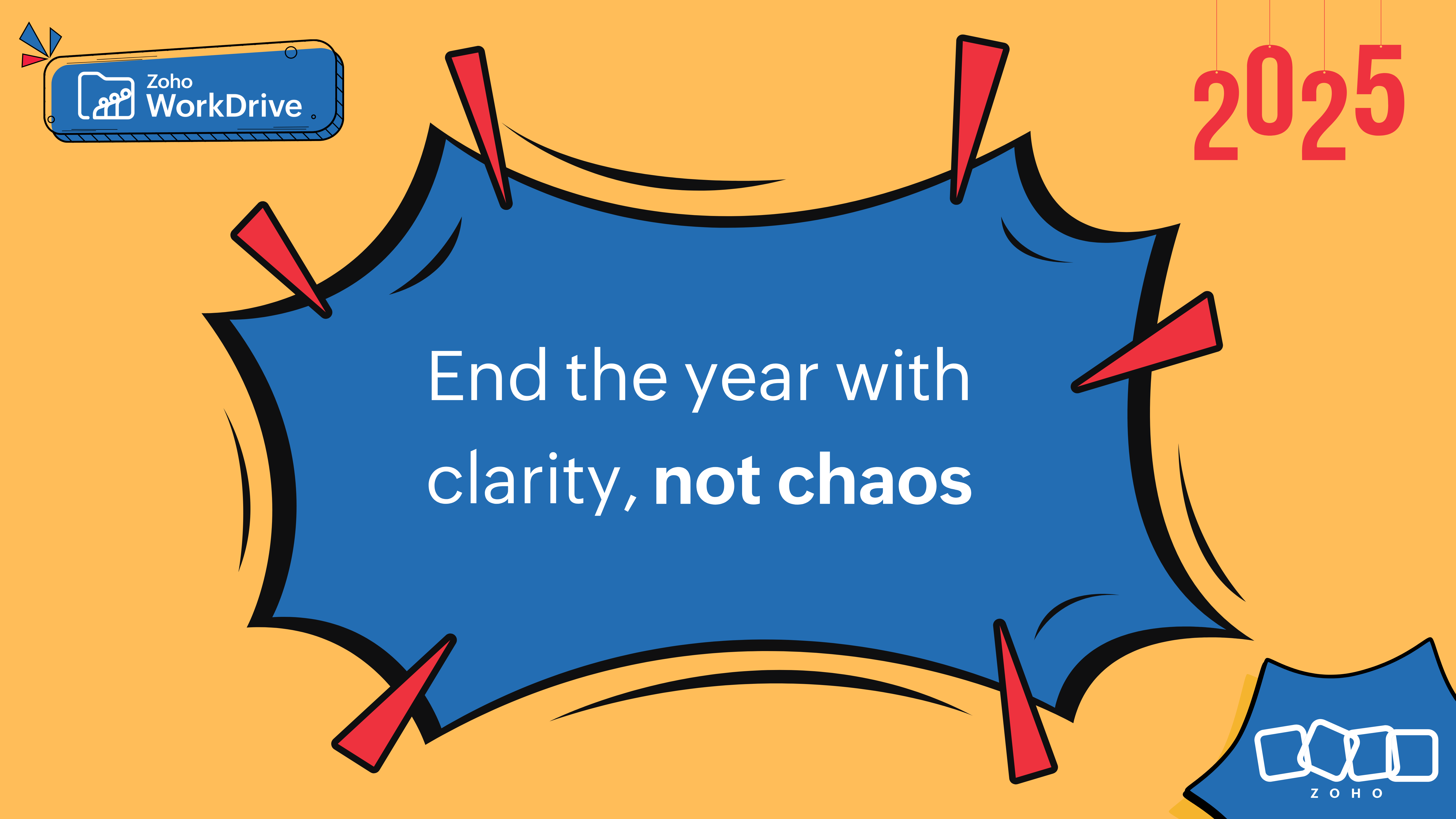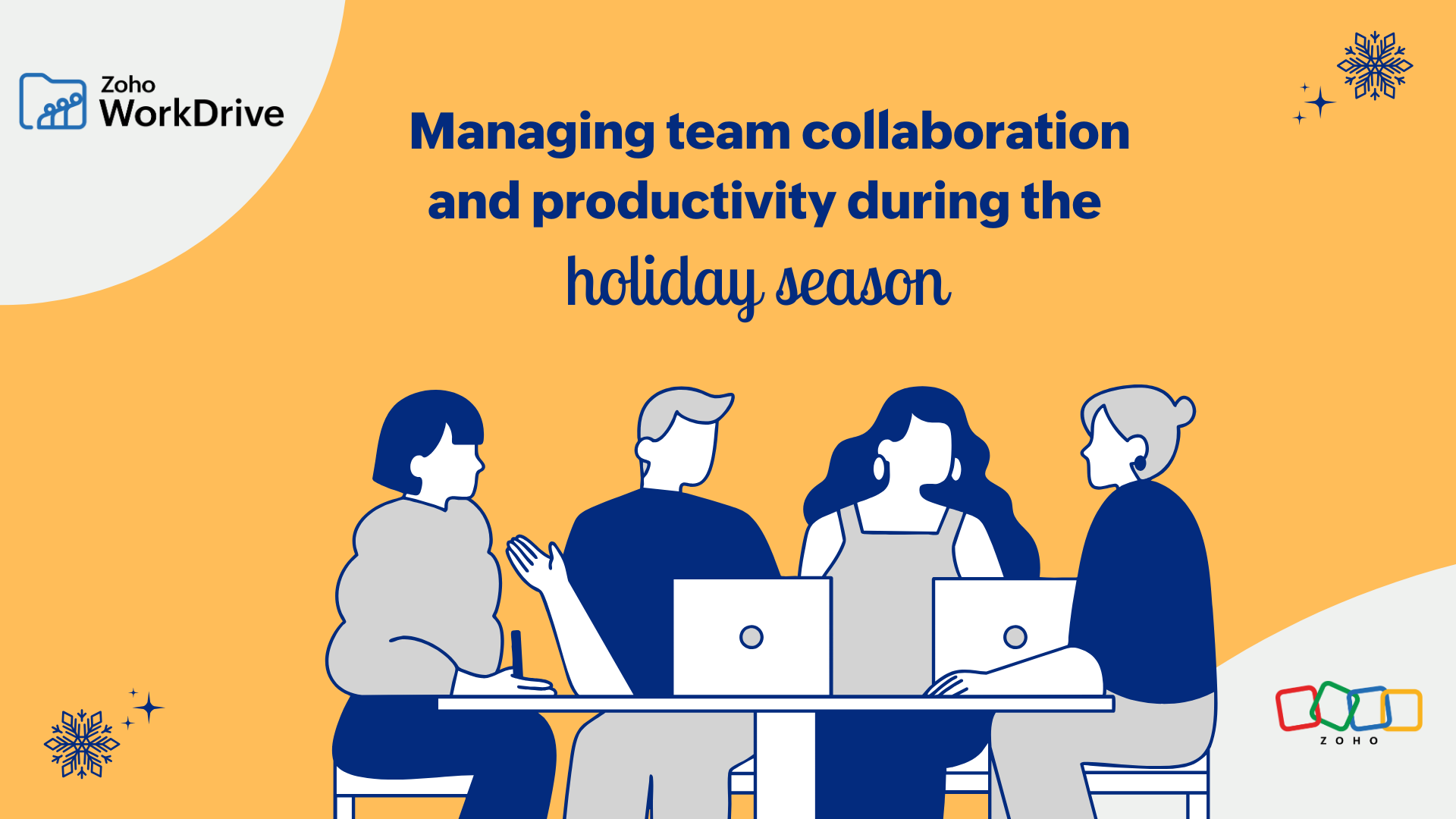- HOME
- Work Culture
- Digital wellbeing: 8 ways to fine-tune your tech habits
Digital wellbeing: 8 ways to fine-tune your tech habits
- Last Updated : December 15, 2023
- 1.4K Views
- 3 Min Read

The pandemic has highlighted the importance of technology in our lives, both personally and professionally. As people around the world practice social distancing and self-isolation, we've turned to smartphones and laptops for entertainment, remote work, and social connection.
Digital technology has helped us stay connected with our loved ones and work remotely. But, our increasing reliance on electronic devices can negatively impact our health and wellbeing, so we've come up with a few digital wellbeing tips to help you maintain a healthy digital diet.
Optimize your tech usage
Use digital technology to improve your lifestyle. We might feel disconnected and at loose ends in the face of a global pandemic, but we can use technology to regain some sense of control and autonomy in our lives. Use digital tools to make plans for the future, manage lists or schedules, and communicate with others.
Build digital relationships
Nurture relationships by scheduling regular online chats or calls, and use digital devices to share positive news, express gratitude, help others, and practice the act of kindness. Build or re-build a sense of connectedness, care, and connection with the people who matter to you.
Use tech to upgrade yourself
Digital tools and online communities have made learning new skills and hobbies more accessible than ever. Use digital technology tools like TrainerCentral to host an online course, and turn your passion into a side job or even your new livelihood. You can also use online classes or tutorials to develop a new skill set.
Limit your digital intake
Trust genuine online sources to counter the viral spread of misinformation about the pandemic and other issues. Reduce your information intake to just one or two reputable sources (such as the WHO and other data-based nonpartisan sources). When the news is distressing or distracting, try limiting your intake to just one or two regular "information meals" per day, rather than grazing on the 24-hour news cycle.
Use the right tools
For many of us, digital wellbeing is more about disconnecting from our devices. However, there are a lot of online tools that will help people foster a productive relationship with technology.
For example, you can use timed focus apps to minimize your device usage. There are several different apps available to help you track your time spent on each application on a daily basis, block distractions on your device, and set limits to websites/applications based on your usage.
Home: our new workplace
Many people around the world are working from home these days, and many feel the pressures of digital presenteeism. Many workers are staying online longer than their previous working hours as they believe it is a metric with which they are being judged. However, it's important to know when to unplug and set a boundary between your professional and personal time.
Avoid "Zoom fatigue"
We are more reliant than ever on conference calls to stay in touch with colleagues and clients. "Zoom fatigue," or the particular exhaustion caused by constant (and often inefficient) video conferencing, can lead to forgetfulness, muscle pain, and insomnia. To combat this, stop multitasking, don't schedule back-to-back calls, agree on an end time for work, and do your best to stick to it.
Self-awareness is the key
Our relationships with our inboxes, social media feeds, chat groups, and messaging channels are critical ones though but a constant evaluation and asking “is my tech helping me now or hindering me” is vital.
Our increased digital dependency during the pandemic can benefit our wellbeing, rather than be a hazard to it. What we need to do is use our screen time positively and analyze our tech usage to make the most of it. Technology is meant to make our lives better and not the other way around.


